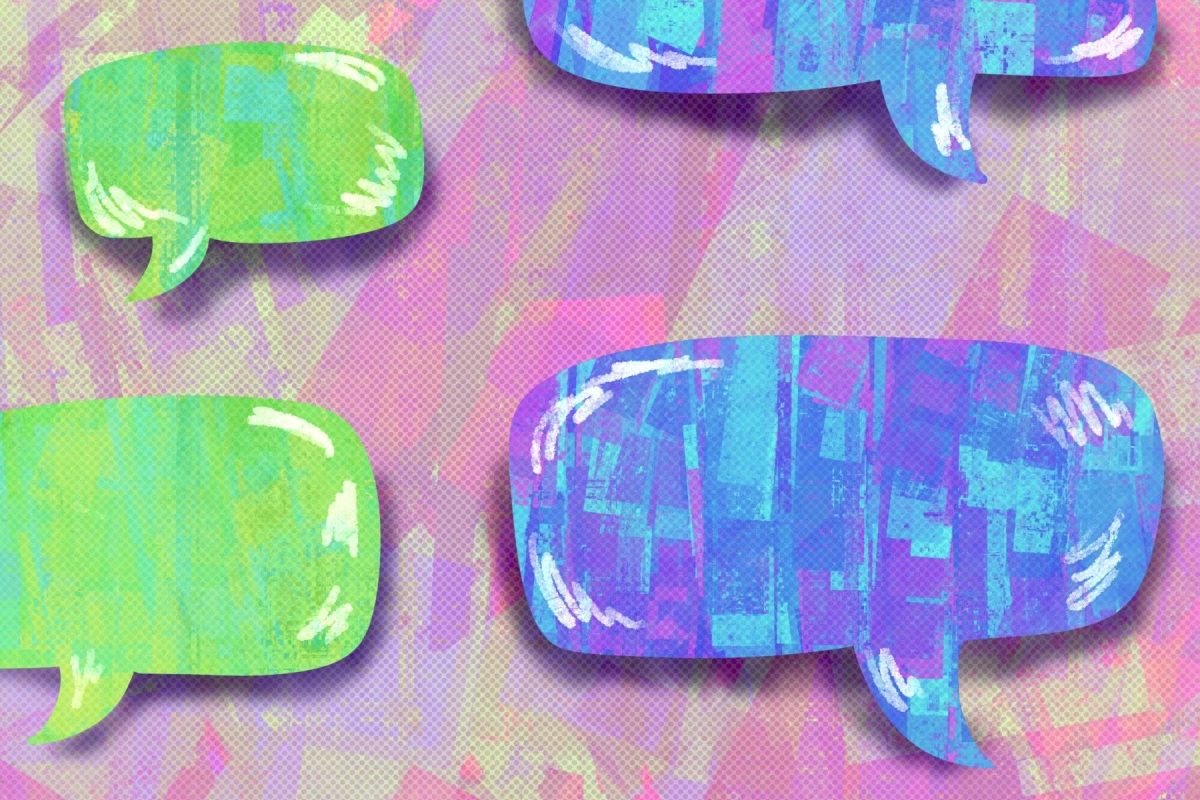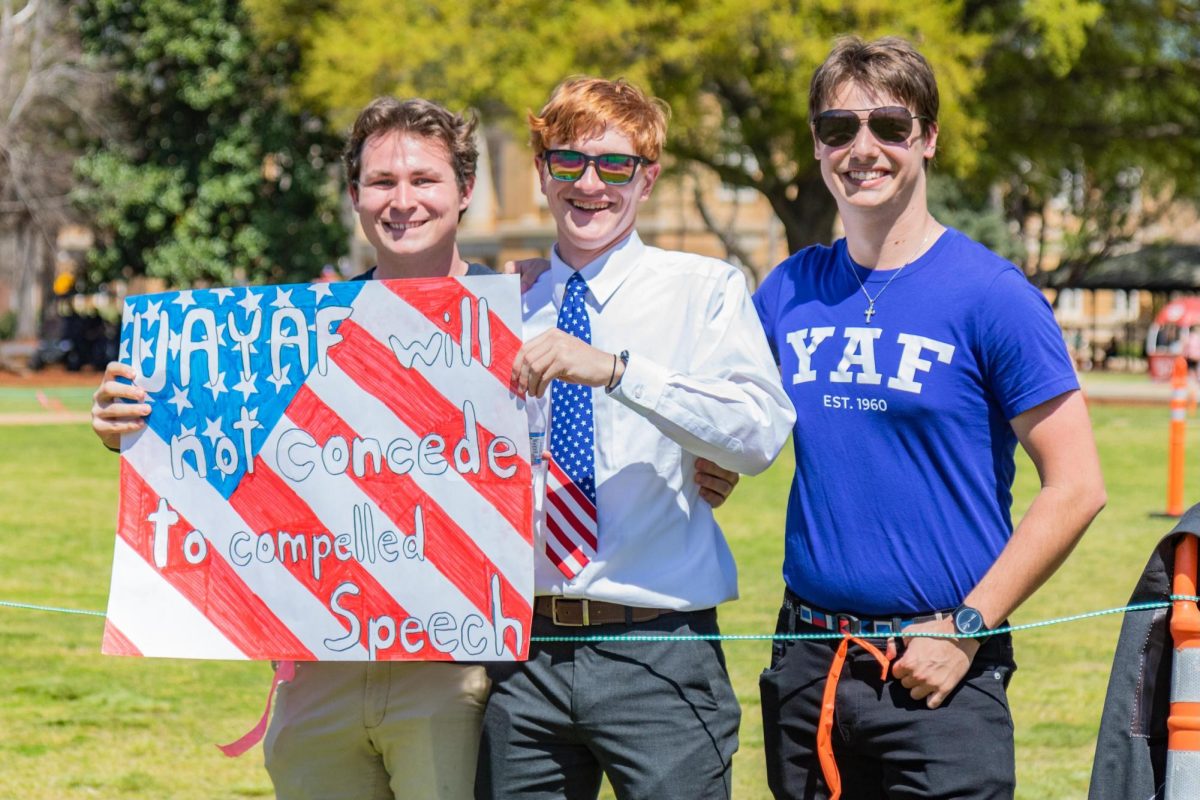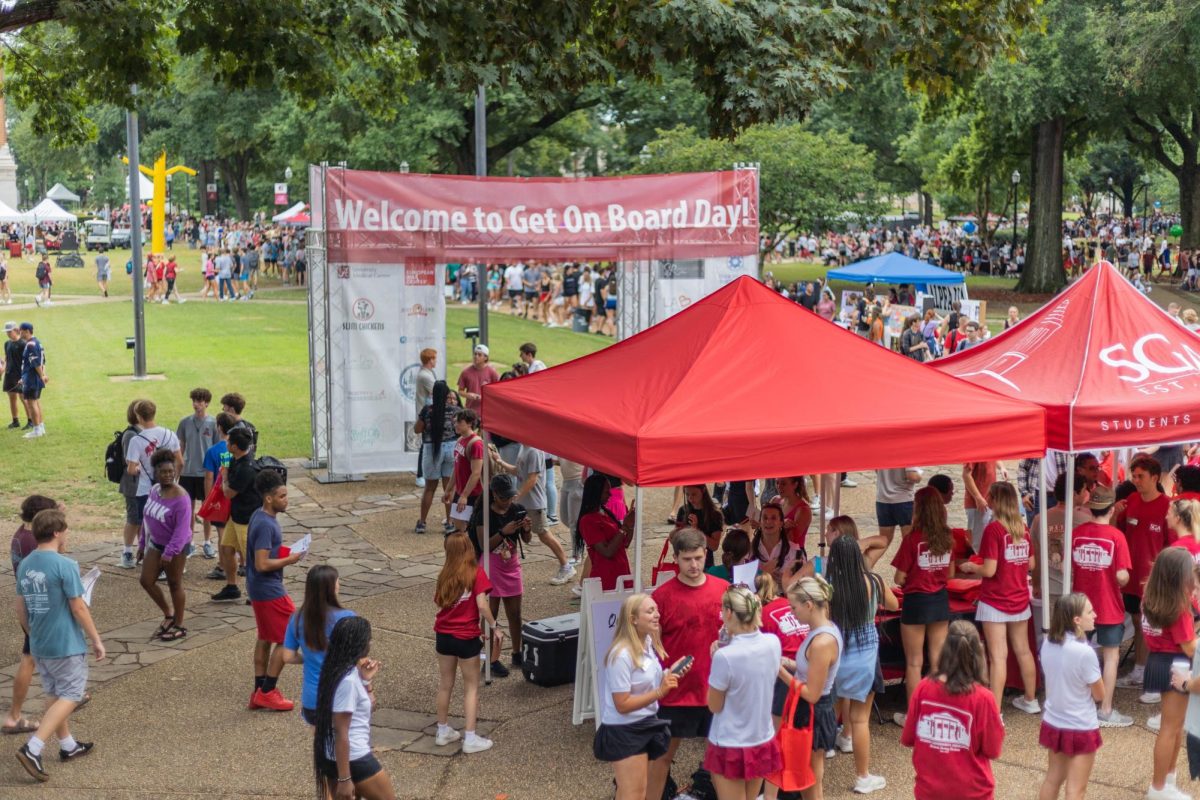Over spring break, I had the pleasure of celebrating Saint Patrick’s Day in Savannah, Georgia, for one of the largest festivals in the country. I experienced an entire city come together to enjoy Irish culture and symbols. Now, I will not continue without saying that some methods of celebration are not the most appropriate but nothing is really done in disdain, rather all in the spirit of festivity. Overall, on Saint Patrick’s Day everyone is Irish.
I believe there is a lot to be learned by the country’s enjoyment over such a holiday and the cultural relations the Irish have among other people. In history, particularly southern history, the Irish were viewed so lowly that the only possible jobs they could secure were dangerous ones, ones that slaveholders viewed too risky for their slaves. They were paid poorly to build the infrastructure we rely on today, and incredible numbers were killed in the process. Many protestant-Americans believed their views were threatened by the Irish-Catholics, leading to attacks and tension.
The Irish transformed their image by helping out their own kind and organizing themselves to completely change politics and society in America, creating a culture that now allows it’s accomplishments to be celebrated by all. As a young child in elementary school, I remember getting dressed on March 17 in green to prevent from being pinched. Undoubtedly, each one of those days was special, and it was not due to leprechauns and pots of chocolate gold. Saint Patrick’s Day was a chance to take a break from the multiplication tables we were learning and instead get a chance to talk about cool Irish-made inventions (like the modern tractor that always seemed to make me late for class when I was older) and famous people with Irish heritage such as John F. Kennedy. Our ability to inclusively celebrate and learn made this day a holiday to look forward to.
I believe in the worth and contributions of all cultures in the United States of America, and I believe in the “melting pot.” Cultural relations in this country will not be improved by separation and exclusivity, and as a society we need to take this as a personal challenge. The greatest part about being an American is being a part of a larger culture that has been melded and molded by the various peoples the country encompasses. It does not matter if discrimination is “positive” or “negative” because at the heart of it, we are assigning values to people according to their sociocultural differences rather than their character.
As students, especially ones surrounded by students from across the country and world, it is vital that we foster inclusion rather than separation. The many cultures and subcultures across the globe have incredible worth; let us not deny each other the opportunity to learn about the fantastic cultural spirits and styles that make this country what it is. Next time you experience a cultural celebration, remember, it was inclusion that brought this country crawfish étouffée, Hawaiian pizza and Tex-Mex.
Sarah Howard is a sophomore majoring in chemistry. Her column runs biweekly.








